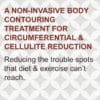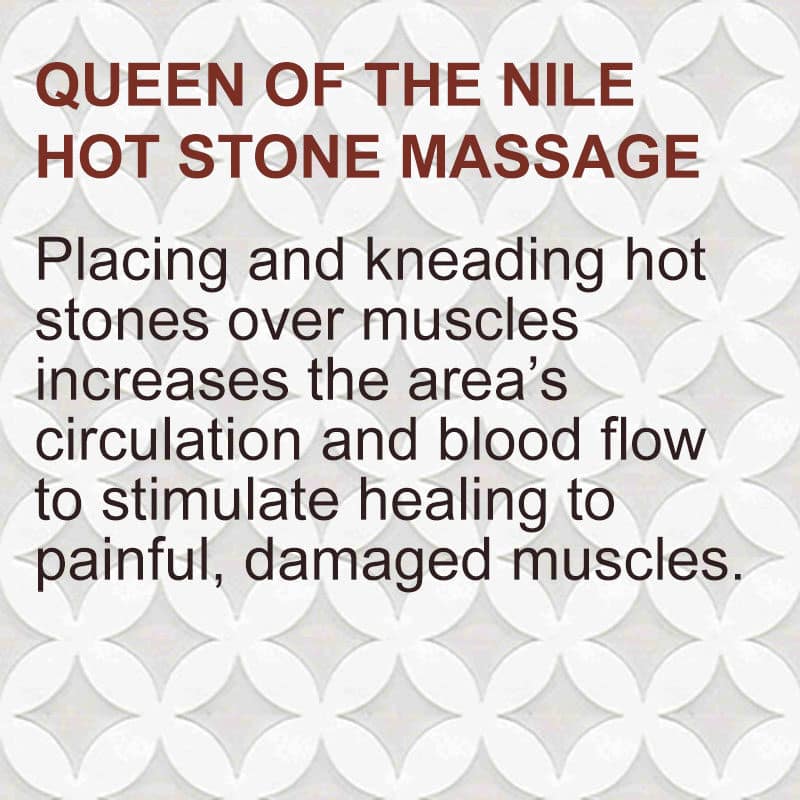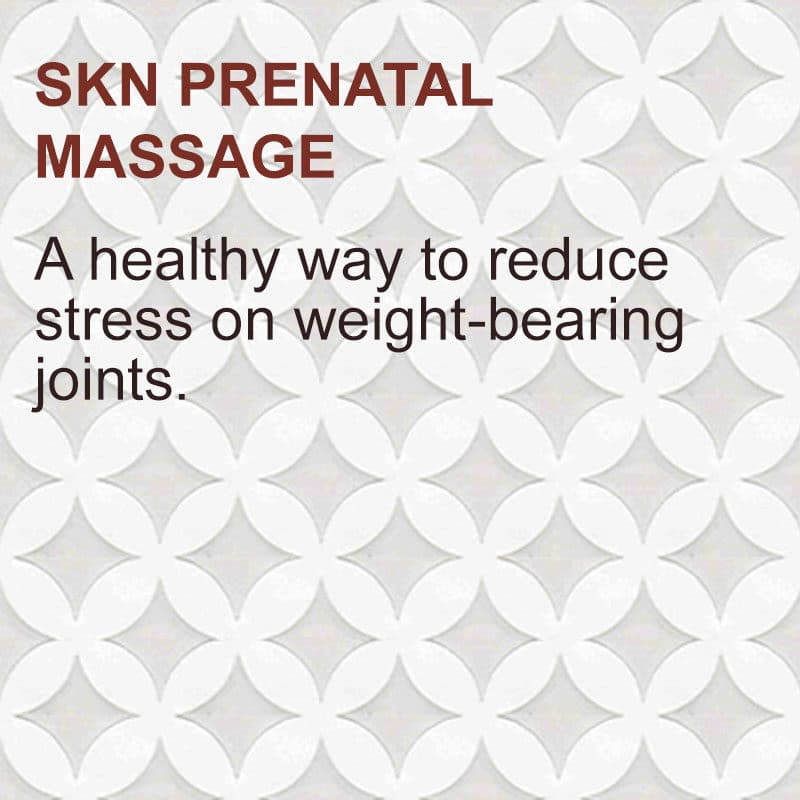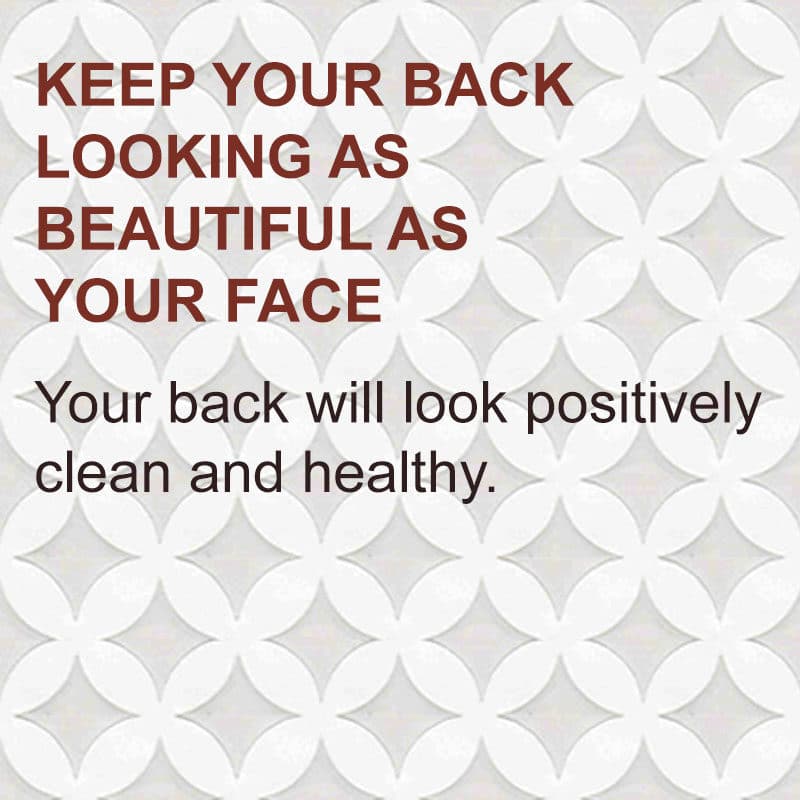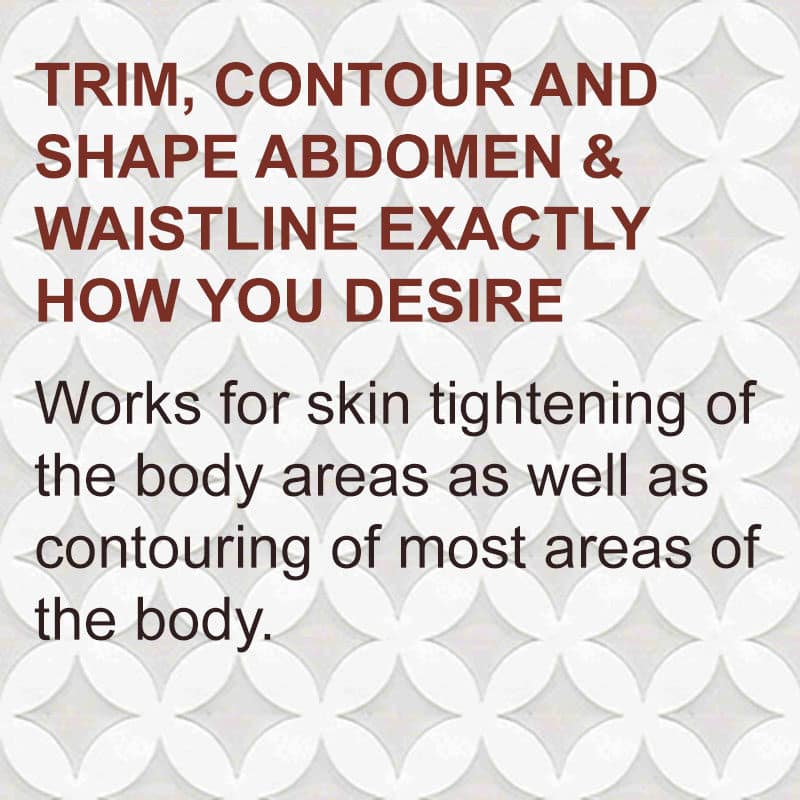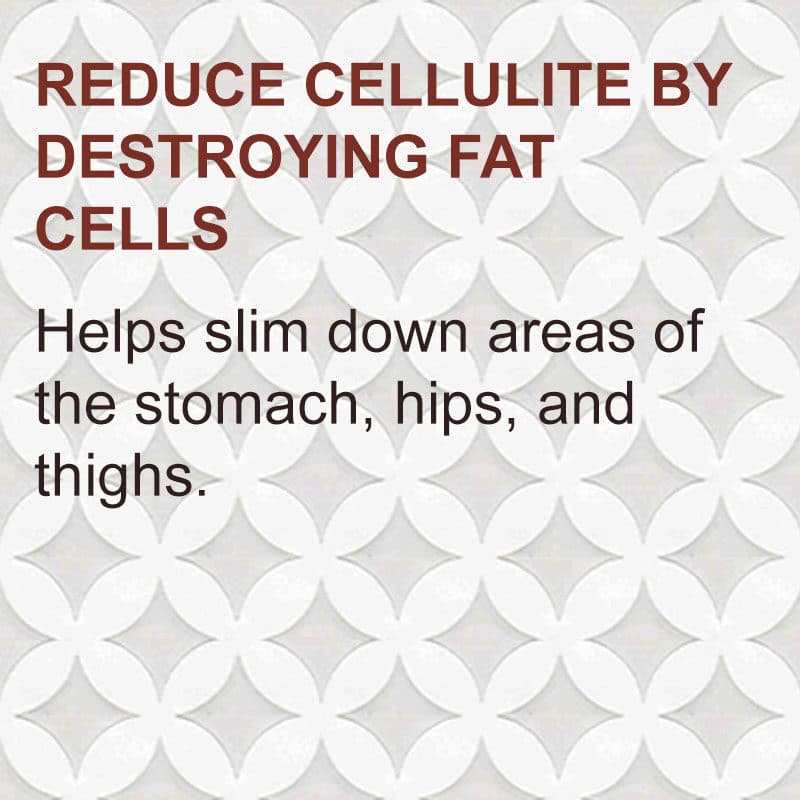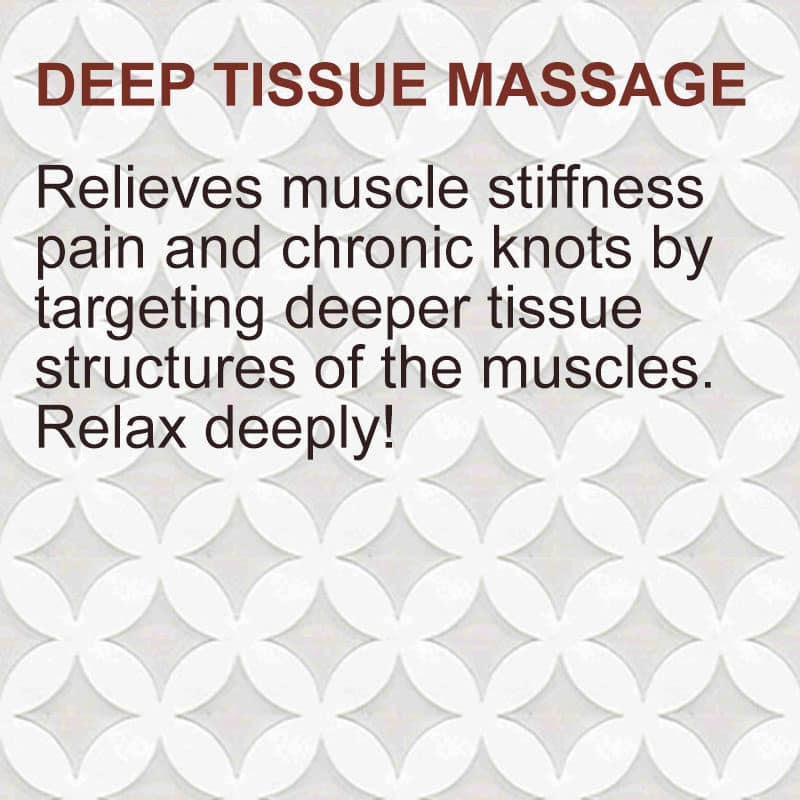SKN Signature Massage
30 min $70 / 60 min $125 / 90 min $170
A full body Swedish massage employs the therapeutic method of massage oil and specific stroke techniques designed to warm up and work the muscle tissue, release tension and break up muscle knots. Get the kinks out!
Swedish massage is a classic massage technique that involves manipulating the soft tissues of the body, primarily to relax muscles and improve circulation. It is one of the most popular types of massage therapy and is known for its gentle, flowing strokes that aim to reduce tension in muscles and promote relaxation.
Key features of Swedish massage include:
- Effleurage: Long, gliding strokes that help to relax soft tissue and increase blood circulation.
- Petrissage: Kneading and squeezing muscles to improve deeper circulation and relax muscle tension.
- Friction: Deep, circular movements that target specific muscles to release tension.
- Tapotement: Rapid tapping or percussive movements, which can help to energize muscles.
- Vibration: Fine, rapid shaking movements that can help relax muscles further.
Swedish massage is typically performed on a massage table with the client undressed (covered with a sheet) or partially clothed. The therapist will use massage oils or lotions to facilitate smooth, gliding strokes over the skin.
Overall, Swedish massage is not only used for relaxation but can also be beneficial for easing muscle tension, improving circulation, and promoting overall wellness.
Olive Oil: This is the main ingredient and provides moisturizing properties to the skin. Olive oil is rich in antioxidants, vitamins (such as Vitamin E), and fatty acids that nourish and hydrate the skin.
It is not uncommon to experience some redness after a body massage, especially if the massage involved deeper pressure or focused on areas where there was tension or muscle tightness. Here are a few reasons why redness might occur and when it’s normal:
- Increased Blood Flow: Massage techniques like kneading and friction can stimulate blood circulation in the treated area. This increased blood flow can cause temporary redness or flushing of the skin, similar to what happens when you exercise.
- Pressure and Stimulation: If the massage involved deep tissue work or trigger point therapy, it can cause the capillaries near the skin’s surface to dilate, resulting in redness.
- Sensitive Skin: Some individuals have naturally sensitive skin or may react more strongly to touch or pressure. In such cases, mild redness might be more noticeable after a massage.
- Post-Massage Response: The body’s response to massage can vary. Some people may experience a mild inflammatory response, which could manifest as slight redness, particularly if the massage was vigorous.
In most cases, this redness is temporary and should subside within a few hours to a day. However, if the redness is accompanied by pain, swelling, or persists for an extended period, it’s essential to consult with your massage therapist. They can evaluate whether there’s any underlying sensitivity or if adjustments are needed for future sessions.
To minimize post-massage redness, you can:
- Communicate with your massage therapist: Inform your therapist about your skin sensitivity before the session.
- Stay Hydrated: Drink plenty of water to stay hydrated, which can help your body process any toxins released during the massage.
- Avoid Vigorous Activities: Avoid vigorous activities or hot baths immediately after the massage, as these can exacerbate redness.
Overall, mild redness after a massage is often a normal part of the body’s response to therapeutic touch and increased circulation.
Here are some commonly asked questions and answers about Swedish massage:
- Q: What is a Swedish massage?
A: Swedish massage is a popular massage technique that involves long, flowing strokes, kneading, and gentle tapping to relax muscles, improve circulation, and promote overall relaxation. - Q: What are the benefits of Swedish massage?
A: Swedish massage can help reduce muscle tension, improve flexibility, promote relaxation, enhance circulation, and relieve stress. It’s also known to boost mood and promote a sense of well-being. - Q: What happens during a Swedish massage session?
A: During a Swedish massage session, you’ll typically lie on a massage table while the therapist uses massage oil and applies various strokes such as effleurage (gliding strokes), petrissage (kneading), friction (circular motions), tapotement (percussive tapping), and vibration to relax your muscles. - Q: Is Swedish massage painful?
A: Swedish massage is generally not painful. The therapist uses techniques that are gentle and soothing, focusing on relaxing tense muscles rather than applying deep pressure. However, some deeper pressure may be used in specific areas if requested or needed. - Q: How should I prepare for a Swedish massage?
A: Before your massage, it’s good to drink plenty of water, avoid heavy meals, and communicate any health concerns or areas of focus with your massage therapist. You’ll also undress to your comfort level (usually to your underwear) and lie under a sheet or towel on the massage table. - Q: How often should I get a Swedish massage?
A: The frequency of Swedish massage depends on your individual needs and goals. Many people enjoy it once a month for relaxation and stress relief, while others may benefit from more frequent sessions if they have specific muscle tension or stress issues. - Q: Are there any contraindications for Swedish massage?
A: Swedish massage is generally safe for most people. However, if you have certain medical conditions such as fractures, severe osteoporosis, deep vein thrombosis, or certain skin conditions, it’s important to consult with your healthcare provider or massage therapist beforehand.
Post-care after a body massage is crucial to prolonging its benefits and ensuring your overall well-being. Here’s a concise summary of essential post-care tips:
- Hydration: Drink plenty of water after your massage to help flush out toxins released from your muscles and to rehydrate your body. Proper hydration supports muscle recovery and maintains skin health.
- Rest and Relaxation: Allow yourself time to rest and avoid strenuous activities or heavy lifting immediately after the massage. This allows your body to continue benefiting from the relaxation response induced by the massage.
- Avoid Alcohol and Caffeine: Refrain from consuming alcohol and caffeine for a few hours after your massage. These substances can dehydrate your body, which may counteract some of the hydrating effects of the massage.
- Stretching: Engage in gentle stretching as recommended by your massage therapist. This helps prolong the effects of the massage, maintains muscle flexibility, and supports overall relaxation.
- Warm Bath/Shower: Taking a warm bath or shower after the massage can further relax your muscles and enhance the overall benefits of the treatment. Avoid extremes in temperature immediately post-massage.
- Moisturize: If your skin feels dry after the massage, consider applying a gentle moisturizer to keep your skin hydrated. This is especially beneficial if massage oils or lotions were used during your session.
By following these post-care tips, you can maximize the benefits of your body massage, support muscle recovery, and maintain a relaxed state. Communicate any specific concerns or preferences with your massage therapist to ensure a personalized and effective experience.



